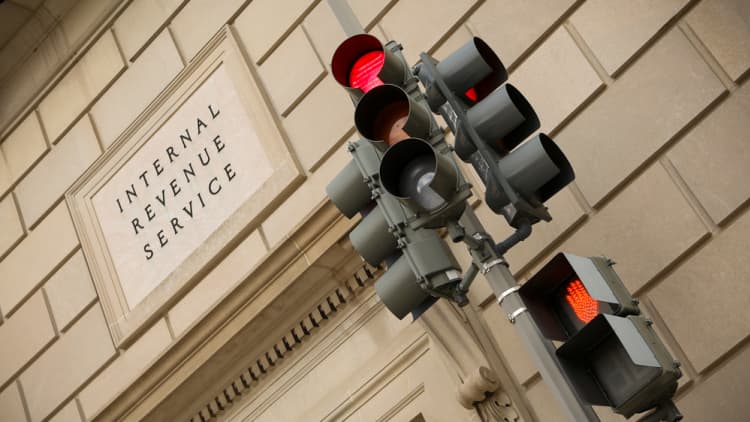The growth of new active bitcoin users is slowing, which by "Metcalfe's law" indicates that the cryptocurrency's market capitalization will not grow as quickly as it has, some Swiss researchers said.
Metcalfe's law says the value of a network is proportional to the square of its users. By a generalization of that principle, bitcoin's market value by the end of the year should be no more than $77 billion, Spencer Wheatley and Didier Sornette, both professors of entrepreneurial risks at ETH Zurich, said in a paper dated March 16.
That's $41 billion, or nearly 35 percent, less than bitcoin's market capitalization Monday of $118 billion.
Bitcoin 12-month performance
Source: CoinDesk
Bitcoin multiplied more than 13 times in price last year, but fell 50 percent in the first three months of 2018. The cryptocurrency, the largest by market capitalization, traded little changed near $7,000 Monday afternoon.
"Looking forward, our analysis identifies a substantial but not unprecedented overvaluation in the price of bitcoin, suggesting many months of volatile sideways bitcoin prices ahead (from the time of writing, March 2018)," the Swiss researchers said. Three others also contributed to the paper, which was highlighted by MIT Technology Review on March 29.
Their analysis also incorporates "Log-Periodic Power Law Singularity" — a mathematical model for evaluating speculative bubbles.
The researchers found four distinct bitcoin bubbles that correspond to that model. Triggers for the bubbles ranged from a 2011 hack at the now-defunct Mt. Gox bitcoin exchange to South Korean regulators' threat to shut down cryptocurrency exchanges in December 2017, the paper said. Those events "were followed by crashes or strong corrections."
A surge of retail and institutional interest in the cryptocurrency helped bitcoin skyrocket to a record high above $19,000 in mid-December. The world's largest futures exchange, CME, and its competitor, Cboe, also launched bitcoin futures around that time, fueling expectations of increased institutional investment.
However, increased scrutiny in the last few months from regulators in the U.S. and major markets such as South Korea and Japan have significantly dampened enthusiasm for bitcoin and other cryptocurrencies. Digital currency proponents maintain that bitcoin can recover and move higher once there is clarity from regulators, and predict the cryptocurrency's underlying technology of blockchain will change the world as much as the internet did.
But the academic researchers say mathematical analysis of bitcoin's price action shows a predictable path.
"We emphasize that one should not focus on the instantaneous and rather unpredictable trigger itself," the paper said, "but monitor the increasingly unstable state of the bubbly market, and prepare for a correction."
WATCH: FM trader offers 3 tax season tips for crypto investors




